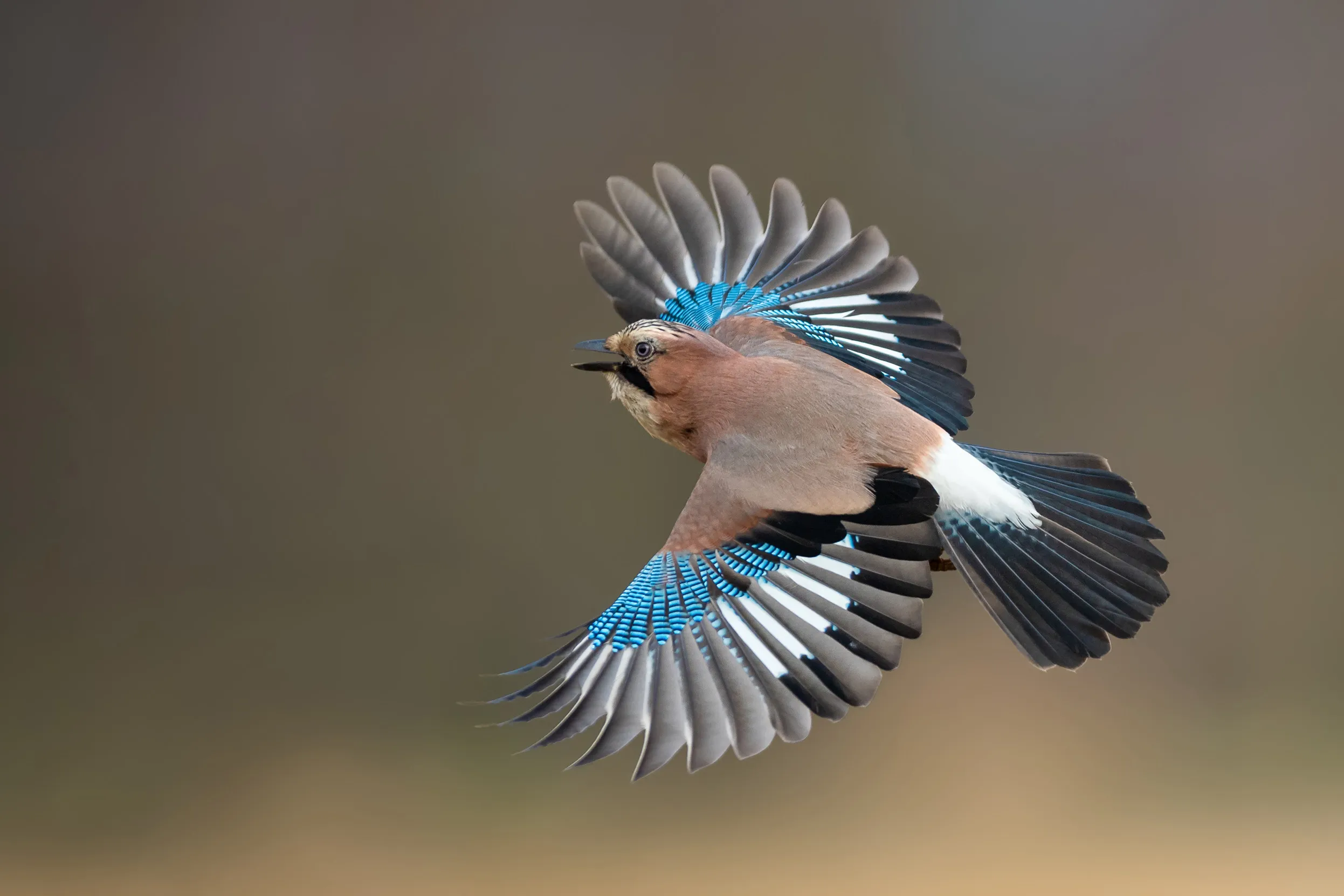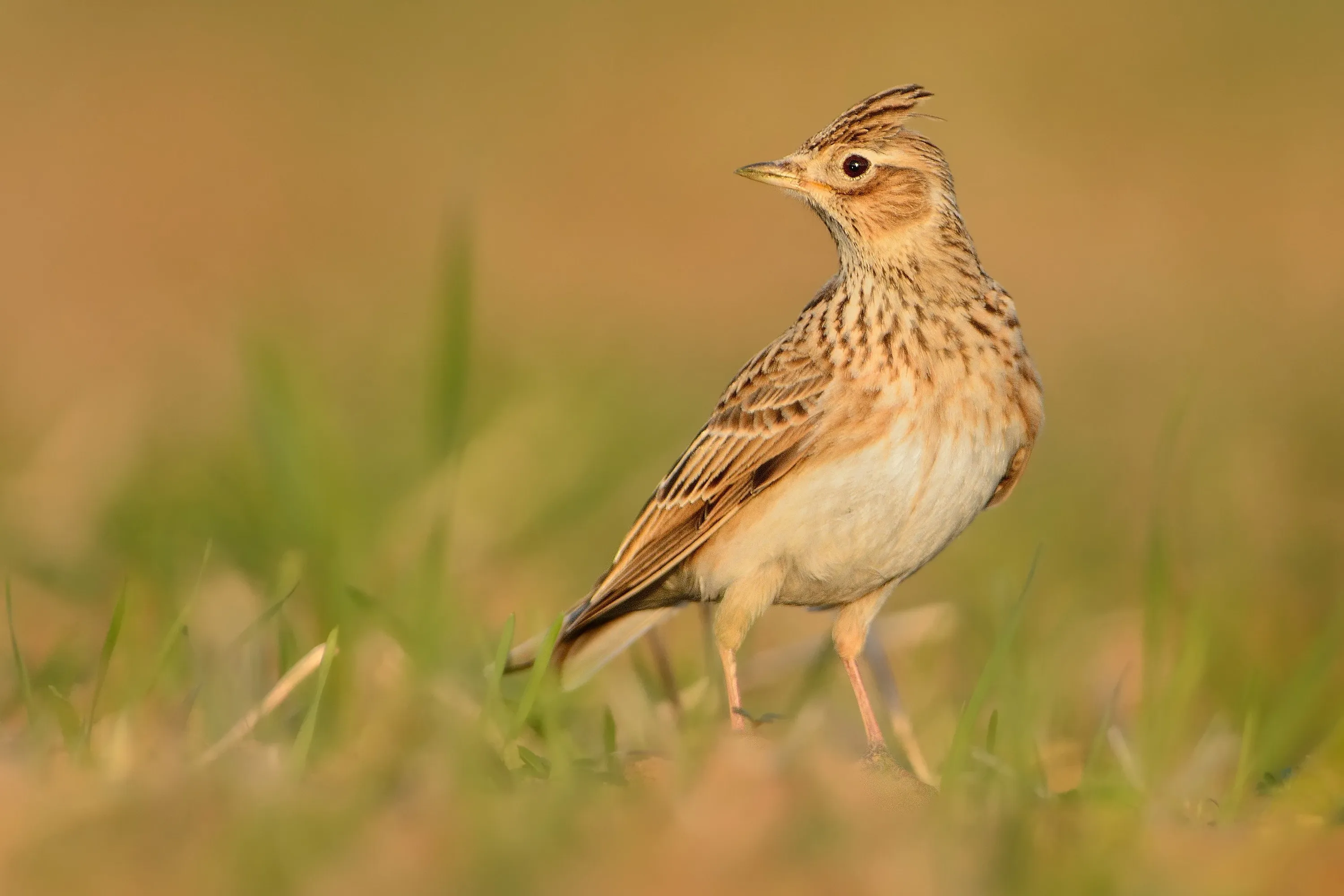Advice
Your guide to seeing Pink-footed Geese take flight at RSPB Snettisham
Find out where, when and how to see Norfolk’s mighty flocks of Pink-footed Geese
Here are some handy hints and tips on what to consider when you’re stumped by a bird’s identity.

It can be surprisingly difficult to estimate the size of a bird in isolation, so try to compare it to other species you recognise close by. If that’s not possible, it can help to visualise whether your bird is bigger or smaller than a species you know well, like a Robin or Woodpigeon. This will really narrow down the list of possibilities. It’s particularly tricky to estimate the size of a bird when it’s flying, so only compare it to other birds you see in the air with it.

Sometimes if the weather or lighting is poor, you might struggle to see the finer details of a bird’s features, but a simple silhouette can be enough to set you on the path to identifying your mystery bird. Does it have a distinctive S-shaped neck, like a Grey Heron, for example? Or perhaps your bird has a characteristically cocked tail, like a Wren?
Taking a good look at a bird’s silhouette can be particularly useful when it’s flying – concentrate on the length and shape of the tail and wings, which can offer clues to the bird’s identity. For example, in flight, a Red Kite has an unmistakeable forked tail, compared to a Buzzard’s wedge-shaped tail.

Pay close attention to the size and shape of the bird’s beak, as this will give a good indication of its diet. A small bird with a short, chunky beak is likely to be a seed-eater, such as a House Sparrow, while a bird with a hooked beak is probably a bird of prey, like a Kestrel.
The length and colour of the legs can also be a key identifying feature for species such as gulls. For example, Lesser Black-backed and Great Black-backed Gulls look very similar, but Lesser Black-backs have yellow legs, whereas Greater Black-backs have pink legs.
Don’t forget to look at the bird’s feet too – do they have talons for grasping prey, or webs for swimming, for example?
.jpg)
Small variations in colour can be important for correctly identifying your bird, so try to note down as much detail as you can, including any prominent patches of bright colour, such as the flash of blue on a Jay’s wings. Keep an eye out for obvious markings too, such as an ‘eyebrow’ stripe above the eye or bars on the wings. Just remember that juveniles are sometimes a different colour to adults and that many birds moult into different plumage seasonally (see below). A bird’s colour can also look very different in bright or dull light, so bear that in mind!

When trying to identify a bird it can be easy to get so focused on what it looks like that you forget to notice what it’s doing, but a bird’s behaviour is a great way to narrow down its identity. For example, at first glance, House Sparrows and Dunnocks look very similar, but when they’re feeding, Dunnocks prefer to skulk around on the ground under bushes, whereas House Sparrows will happily cling on to hanging feeders.
.jpg)
Although some birds are widespread across lots of different habitats, many species are specially adapted to more specific habitats. For example, Dippers are usually found next to fast-flowing rivers or streams and so it would be very unusual to see one in an urban garden. Similarly, you wouldn’t expect to see a Great Spotted Woodpecker on an open, tree-less moorland, or a Skylark in dense woodland. By considering which birds you are likely to find in a certain habitat you can often dramatically narrow down the possible identities of the bird in question.

The time of year can be a key factor in ruling certain species in or out. In spring, migrant birds, such as Swallows and Nightjars arrive to breed, before heading off again in late summer. Then, in autumn and winter, we welcome an influx of birds from colder climes seeking the UK’s milder temperatures and abundant food. These include waterfowl such as Pink-footed Geese and Brent Geese, as well as thrushes, like Redwings and Fieldfares.
It’s also important to remember that birds can look very different at certain times of year, when they are moulting. Visit your local pond in summer and you might think that all the male Mallards have disappeared. In fact, they will still be paddling around, but in disguise. Males lose their showy breeding feathers and grow new ones (called their eclipse plumage) during summer, making them look a bit like females.